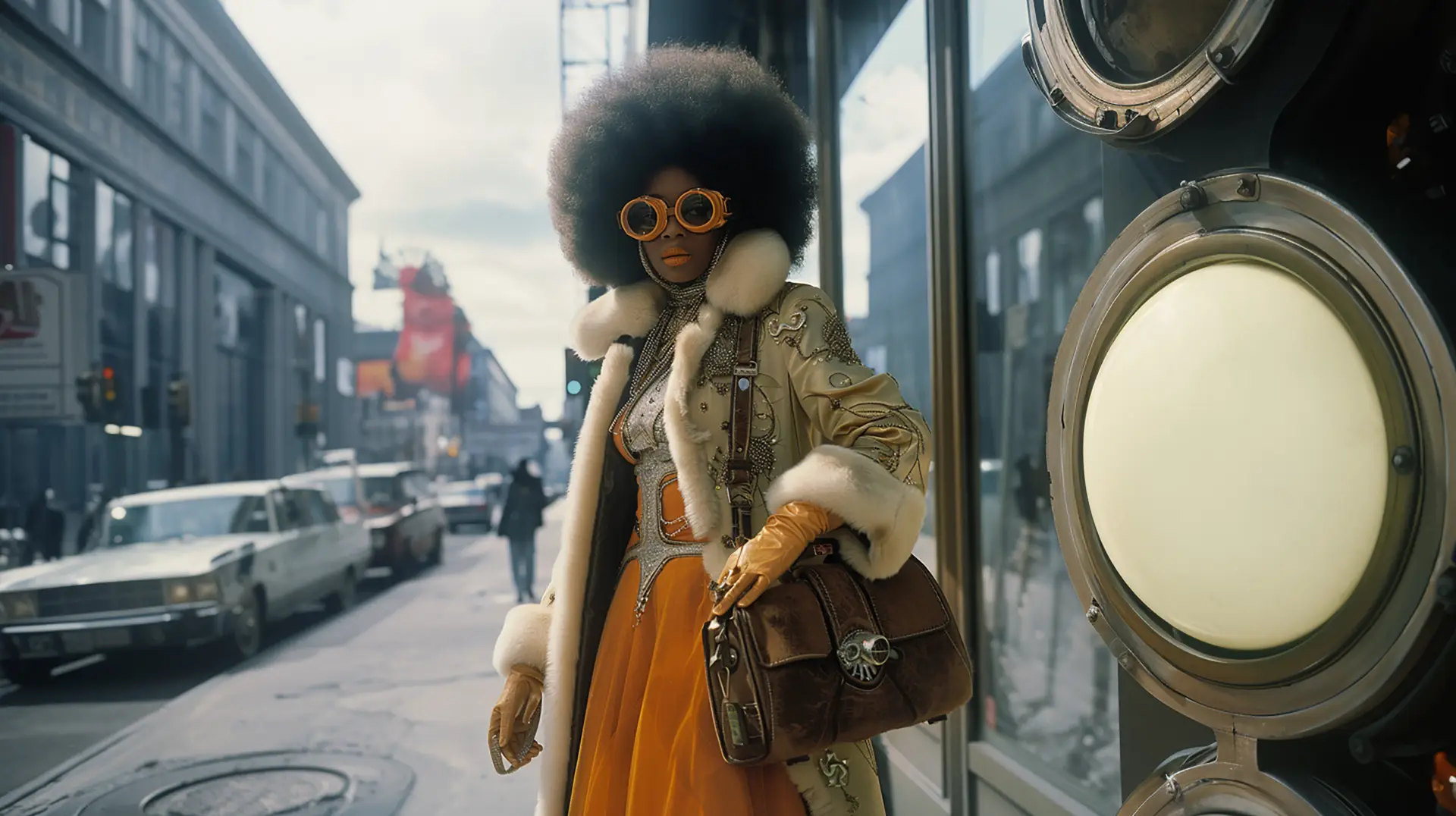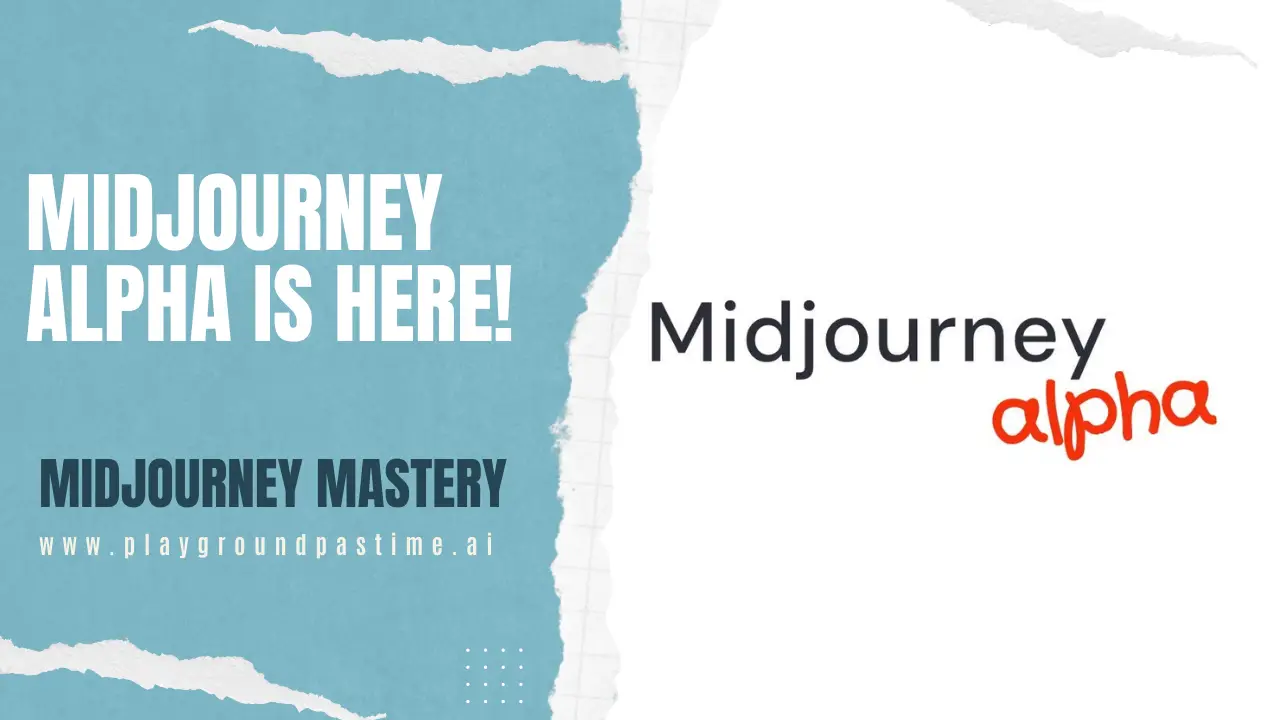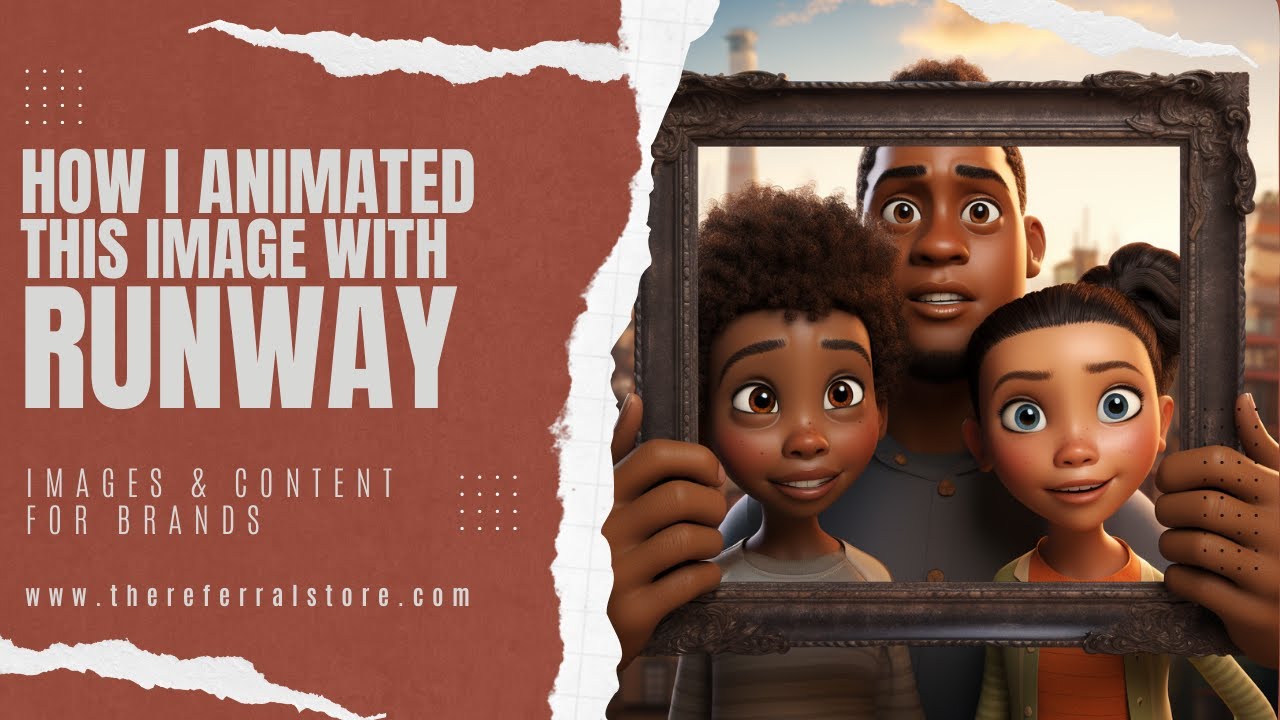As a plus-sized and proud creator, I’ve always been passionate about representing all body types in my AI-generated images. But the journey to creating accurate and stylish plus-sized images has been anything but smooth. From navigating the right terminology to dealing with bizarre and often insulting results, I’ve faced significant challenges that highlight not just the limitations of AI but also the biases ingrained in our society.
The Language Barrier: Finding the Right Words
One of the first challenges I encountered was simply finding the right words to describe a plus-sized figure. Words like “fat,” “plus-size,” “overweight,” “obese,” “large,” and “big” are terms I’ve had to use. Some of these words can feel harsh or even insulting, yet they’re often the only way to get the AI to understand what I’m asking for.
This experience raises an important question: What does it say about society and the AI we’ve trained when the language available to describe plus-sized bodies is so limited and loaded with negative connotations? It’s a reflection of a broader societal issue where people who don’t fit into a narrow definition of beauty are often marginalized or ignored.
The Fashion Struggle: Unflattering and Outdated Clothing
Now, before you say, “It’s all about your prompts,” trust me—I know that. Once I managed to generate a plus-sized model, I quickly noticed another issue: the clothing. Midjourney often dressed my AI models in outfits reminiscent of the polyester “sets” from old department stores — tacky, dull, and completely lacking in style or personality. It felt like a throwback to a time when plus-sized fashion was an afterthought, relegated to the back corners of stores with limited options.
As someone who is plus-sized and takes pride in being stylish, this was particularly frustrating. Why should creating a fashionable plus-sized image require so much more effort and time compared to creating a thin one? It’s disheartening and points to another layer of bias within the AI’s training data.
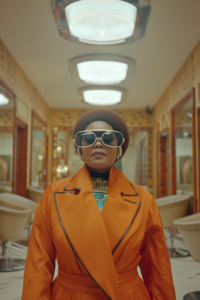
The Body Proportions Dilemma: Disproportionate and Distorted
Even when the clothing issue was somewhat resolved, another problem surfaced — body proportions. Many of the plus-sized models generated by AI had bizarrely distorted body parts. Legs and thighs often looked deformed, and appendages appeared disproportionate. In most cases, I had to crop the images from the waist up and focus on portrait-style shots, which limited the creative possibilities.
This issue not only limits artistic expression but also perpetuates the harmful stereotype that plus-sized bodies are inherently flawed or unappealing. It’s another example of AI bias that we need to combat actively.
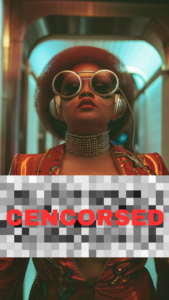
A Personal Reflection: The Need for Change
As a plus-sized creator, this journey has been both frustrating and enlightening. It’s disheartening to see how much extra work is required to create images that reflect the beauty and diversity of plus-sized individuals. When followers asked, “What about the plus-sized community? All of your images are thin,” it hit home. To a thin person, this may go unnoticed, but to someone who is not, it’s glaringly obvious.
The struggles I’ve faced in generating these images are just another facet of the broader issue of AI bias. We must combat these biases by demanding more inclusive training data and better representation in AI tools. Everyone deserves to see themselves reflected in the images around them, and it’s up to us to push for change.
I get it… there are a lot of images that go through rough drafts. Eventually the AI does figure out what you are trying to achieve. So…here are a few or many that I was more than proud to post on social media.
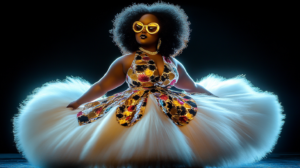
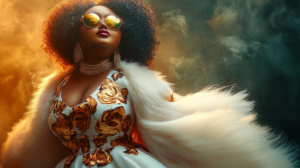
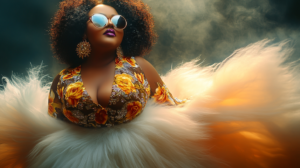
My Takeaway
Creating plus-sized AI images shouldn’t be this challenging, but it’s a reality we face until the biases in AI are addressed. I hope that by sharing my experiences, I can raise awareness and encourage others to actively participate in shaping the AI tools we use. The more we create images representative of all body types and diverse backgrounds, the more the AI will learn and evolve. As users, it’s up to us to push for a more inclusive digital landscape where everyone — regardless of size, race, or identity — can see themselves reflected and celebrated in the images around them. Together, we can help AI grow into a tool that genuinely represents the richness and diversity of our world.
Follow me on Social Media to view the images of Playground Pastime:
- Instagram: Follow me @PlaygroundPastime
- TikTok: Watch behind-the-scenes videos and reels on @kimberlyofford.
- Website: Visit www.playgroundpastime.ai to browse my gallery and shop for prints.
- Medium: To Read more on AI Bias, follow me on Medium: Kimberly Offord

